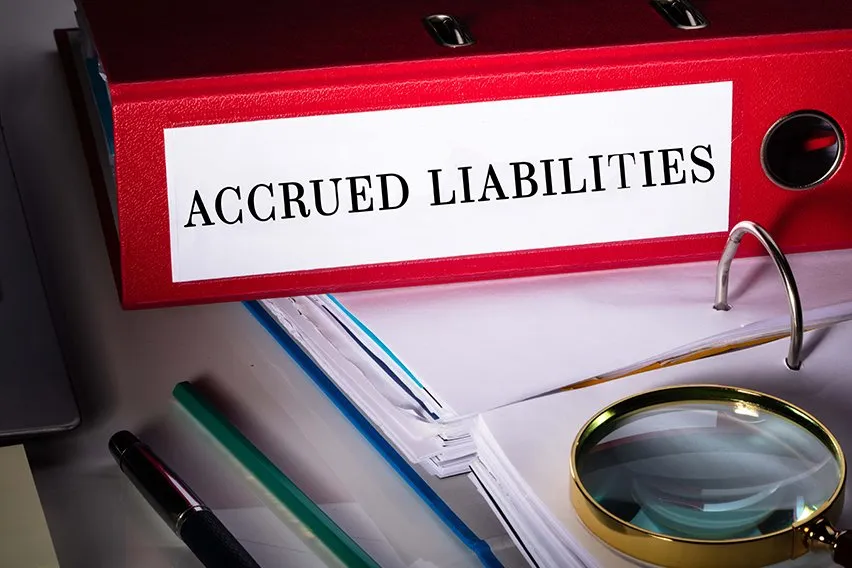What Is Credit Note & When Should a Business Use Them?

Mistakes happen. We’re all human. Sometimes, when running a business, the invoicing process can become hectic. So what happens when an original invoice goes out with an error? And what happens if the error is caught after payment collection? Sometimes it’s not feasible to provide a refund payment. That’s where a credit note may be able to help. If you’re looking for information regarding credit notes, you’re in the right place. Learn all about credit notes and how to use them in this article.
Here’s What We’ll Cover:
When Should Credit Notes Be Issued?
What Should a Credit Note Include?
Frequently Asked Questions About Credit Notes
What is a Credit Note?
A credit note is also known as a credit memorandum, or credit memo. Credit memos are official legal documents that are part of the invoicing process. They’re similar to invoices or purchase orders, but they serve a different purpose. It is provided to customers to inform them that they’re receiving a credit. As such, it can also be referred to as a customer credit note.
Credit notes are used to create a customer credit balance. They’re used to issue full or partial refunds on invoices that have already been paid. However, during credit note transactions, no money actually changes hands. Rather, the money that’s been paid already is able to be used for a different good or service. This happens when:
- A buyer returns or rejects merchandise for any number of reasons
- An overpayment was made on the original purchase invoice
- There was an error on the original invoice
- A customer finds the product unsatisfactory in condition upon receipt (damaged in transit)
- A customer receives the incorrect products

When Should Credit Notes Be Issued?
A business should issue credit notes when there is a need to cancel an invoice that’s already been sent. The reason credit notes are used is to keep accounting records straight. Invoices cannot be deleted or edited once issued. Like invoice, credit notes are official accounting documents. They allow you to modify the invoice amount through accounting without deleting the actual invoice.
Why can’t invoices be deleted? Well, any legal entity will tell you that deleting invoices is unlawful. It is illegal to remove an invoice once issued because it is a method of collection. These actions are monitored and regulated very heavily to protect consumers.
Additionally, credit memos can be issued when a customer changes their mind. Customer satisfaction is one of the most important goals for any company. As such, allowing the customer to use their funds in a satisfying manner is key in customer service. Should a customer have any issues with goods or services that fall within your company’s guidelines, a credit note can be used.
Credit notes are often linked to invoices. Whenever your business needs to change an invoice that’s already been issued, a credit note can be used. Credit notes don’t have to be linked to invoices, however. They can be issued separately for a customer to use at a future date.
A Credit Note is Not a Debit Note
In fact, the two are nearly opposites. Credit notes are supplied by sellers to buyers as a way of amending invoices. Debit notes are formal requests from a buyer to a seller. Debit notes are sent to request a credit note be issued for an invoice. This is used in business-to-business applications.
What Should a Credit Note Include?
If you’re using an invoicing software, the information required for a credit note will often be provided. However, if you’re manually filling out a credit note, it’s important to know what needs to be included. Because credit notes are normally an amendment to an invoice, they normally reference that invoice. Additionally, credit notes are official business documents. This means that they need to be accurate for financial records. When making a credit note record, the following should be included:
- The date that the credit note is being issued
- The credit note number, which often links to the invoice number
- A customer reference number
- Payment terms for the credit (cash, credit, refund, etc.)
- Information regarding your company (name, contact information, etc.)
While not all companies provide this information, it is a good idea to. Credit notes can make a large impact on your business, and they are important to your customers. Having all of this information lets them know that you take their business seriously.
When you provide a customer a credit note, clearly mark it as such. Oftentimes, credit notes are similar in appearance to invoices. The last thing you want an unhappy customer to think is that you’re invoicing them again!

Frequently Asked Questions About Credit Notes
Is a credit note a refund?
This is a question you may field from your customers. A credit note can be a refund, but it doesn’t have to be. Credit notes can be refunds, but they can also be credits towards future purchases. It really depends on your business’s policies, as well as what the customer wants.
What is the difference between a credit note and a debit note?
Credit notes are issued by sellers to their customers. Customers can also be called buyers. They are issued when the original invoice was incorrect, or when a customer is unsatisfied.
Debit notes are issued to businesses by customers. A debit note is a formal request for a refund, or a credit, depending on what the debit memo says.
Does a credit memo have to be linked to an invoice?
No! Credit memos can be created regarding an incorrect invoice. However, if the customer does not yet have an invoice and a credit note is issued, it can be used for future invoices.
Key Takeaways
If your business is sending out invoices, then credit notes are an important part of your workflow. They should be utilized to correct any invoices. This means invoices that have errors, or invoices that customers are unhappy with. They’re not always refunds, but they can be. If you need more information for your small business, check out our resource hub. We’re here to help your business reach new heights!
RELATED ARTICLES

 What Is GST Refund & How to Get It
What Is GST Refund & How to Get It What Are Accrued Liabilities? Definition, Types & Examples
What Are Accrued Liabilities? Definition, Types & Examples How to Calculate CPP (Canada Pension Plan)
How to Calculate CPP (Canada Pension Plan) What Is a Weighted Decision Matrix & How Do You Use It?
What Is a Weighted Decision Matrix & How Do You Use It? What Are Pricing Strategies & 8 Common Strategies for Business
What Are Pricing Strategies & 8 Common Strategies for Business What Is Inventory Management? A Guide to Techniques & Methods
What Is Inventory Management? A Guide to Techniques & Methods